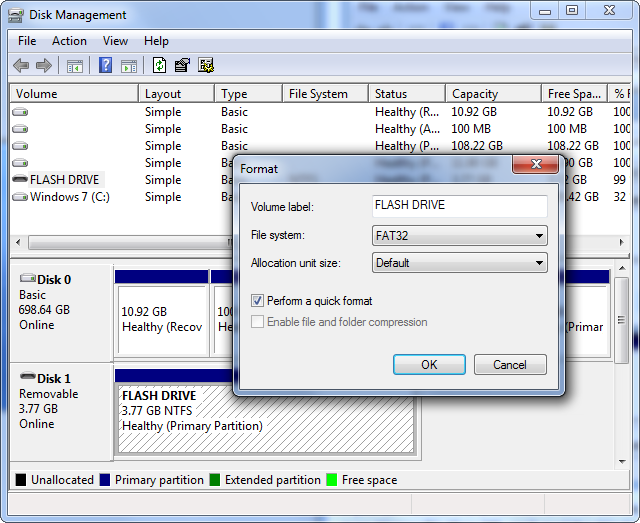
macOS and Linux computers, however, can only read files stored on such a drive they cannot write to an NTFS-formatted drive. NTFS is native to Windows, and most hard drives are preformatted for this file system. If you plan to use your drive for File History backups on a Windows computer, and you use only Windows, stick to NTFS (New Technology File System).So how do those five file systems differ, and which one is right for you? Non-Linux computers can use five main file systems: NTFS, HFS+, APFS, exFAT, and FAT32. If you use a Mac, the likelihood that you’ll have to reformat the drive is higher. But if you buy a drive secondhand or if you plan to switch between operating systems, you may still need to reformat it for use on Windows. It adds several extra features, including automatic file defragmentation, support for RAID setups, and a way to create Mac ISO files.If you buy an external drive-such as one of our recommended portable or desktop hard drives, portable solid-state drives, or USB 3.0 flash drives-you may need to reformat it to work with your operating system of choice, since different operating systems use different file systems to process data.Īlthough it’s true that any drive is compatible with both Windows and macOS once it’s formatted properly, most drives come preformatted for Windows out of the box. Other useful features include the ability to create and partition Mac disks direct from your PC, a powerful disk repair feature, and robust security tools. You will also be able to see your APFS or HFS+ drive directly within File Explorer, allowing easy integration with the rest of the Windows operating system.

It acts as a hub for all the Mac drives connected to Windows. The app is focused on the freshly redesigned Disk Management Window.


Unlike some options, MacDrive lets you read and write data to your Mac-formatted drive directly from Windows. The app works with APFS drives and HFS+ drives. If you're prepared to spend some money, you don't need to look elsewhere. The first version was released way back in 1996. MacDrive has been one of the go-to apps for a long time.


 0 kommentar(er)
0 kommentar(er)
